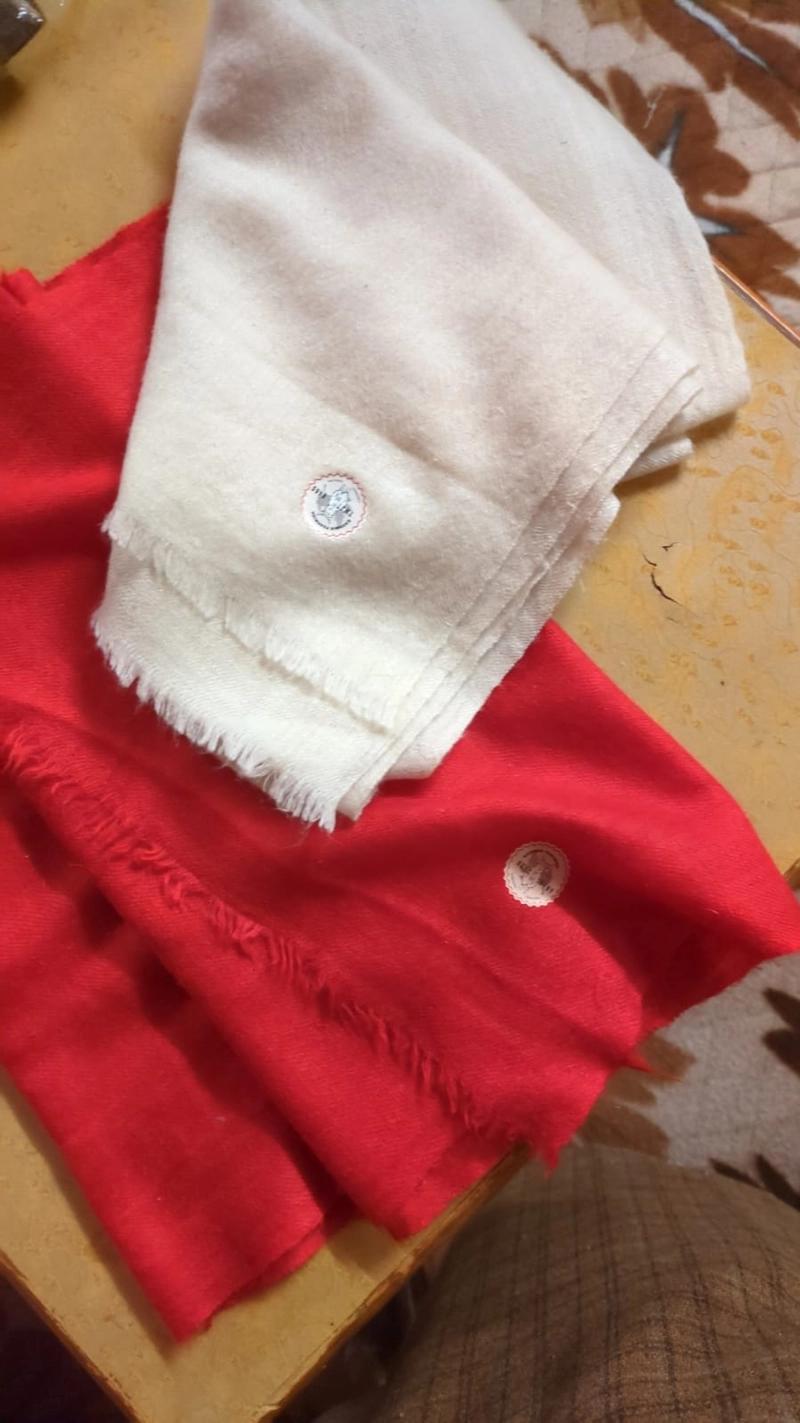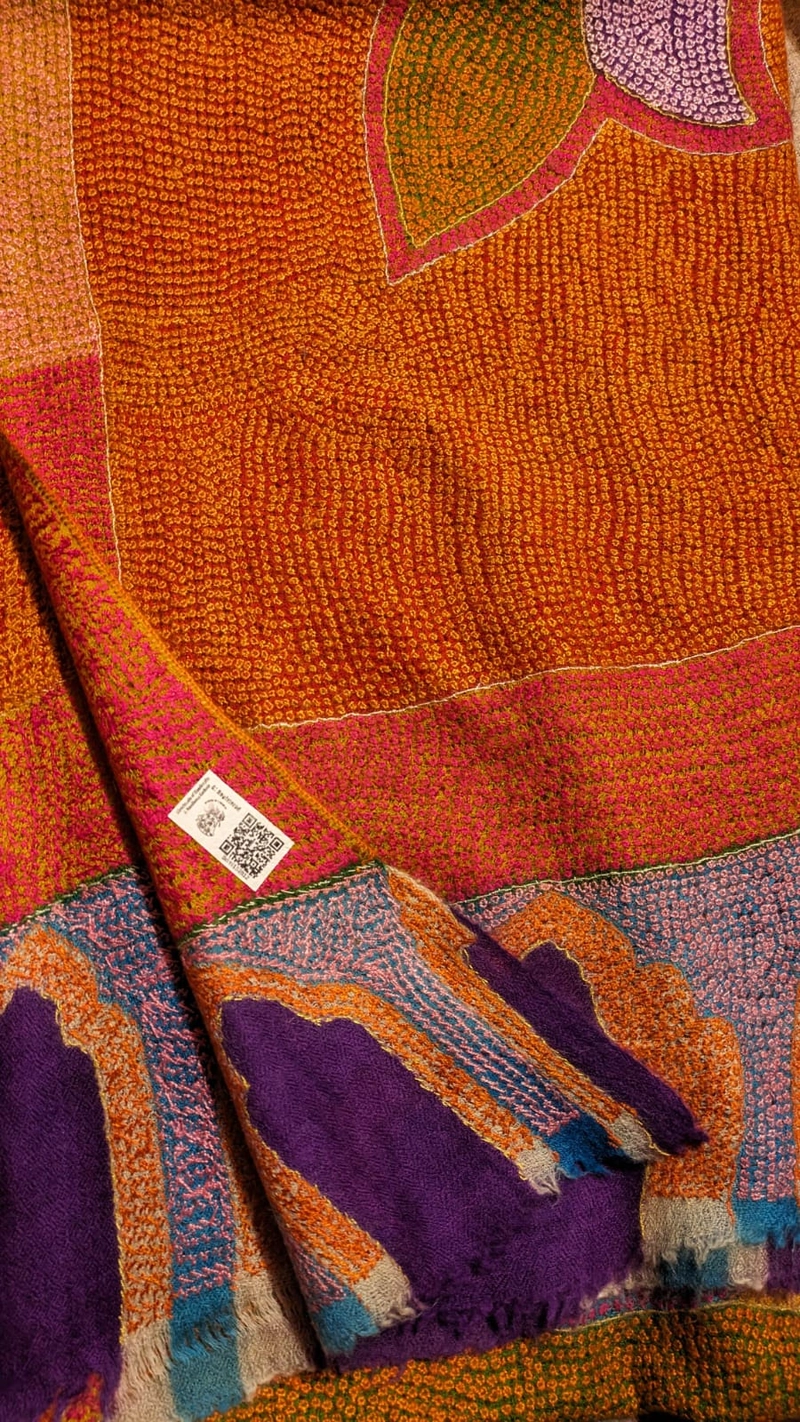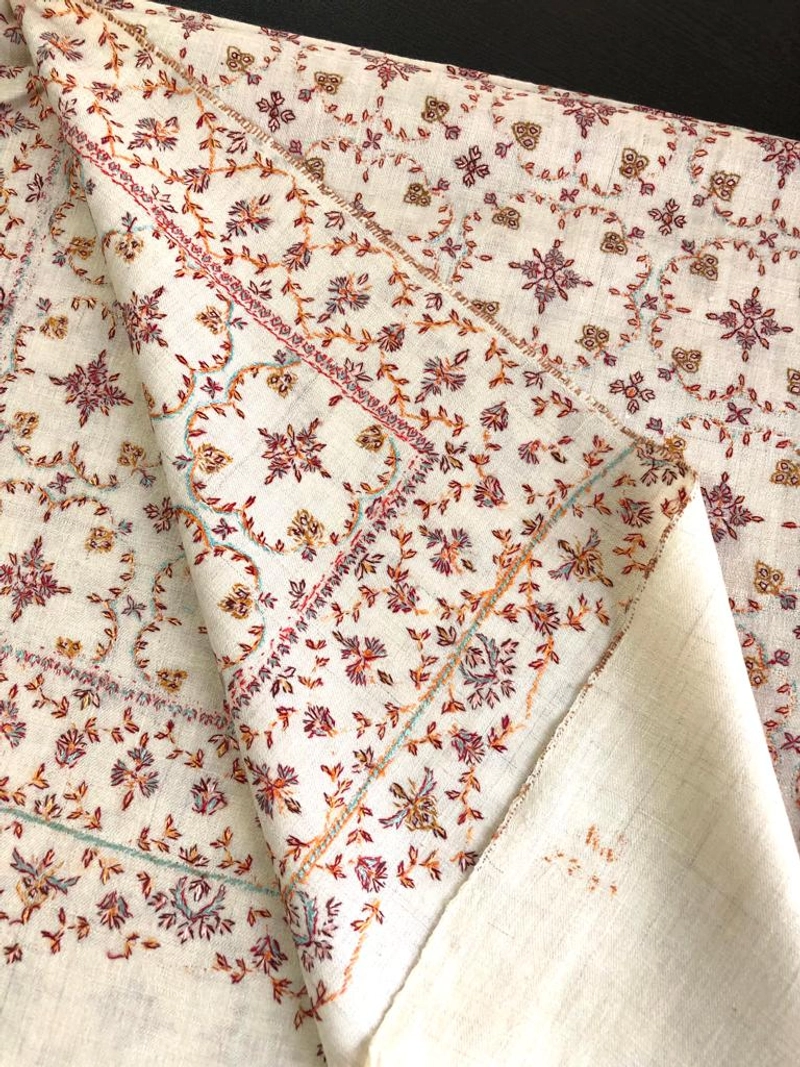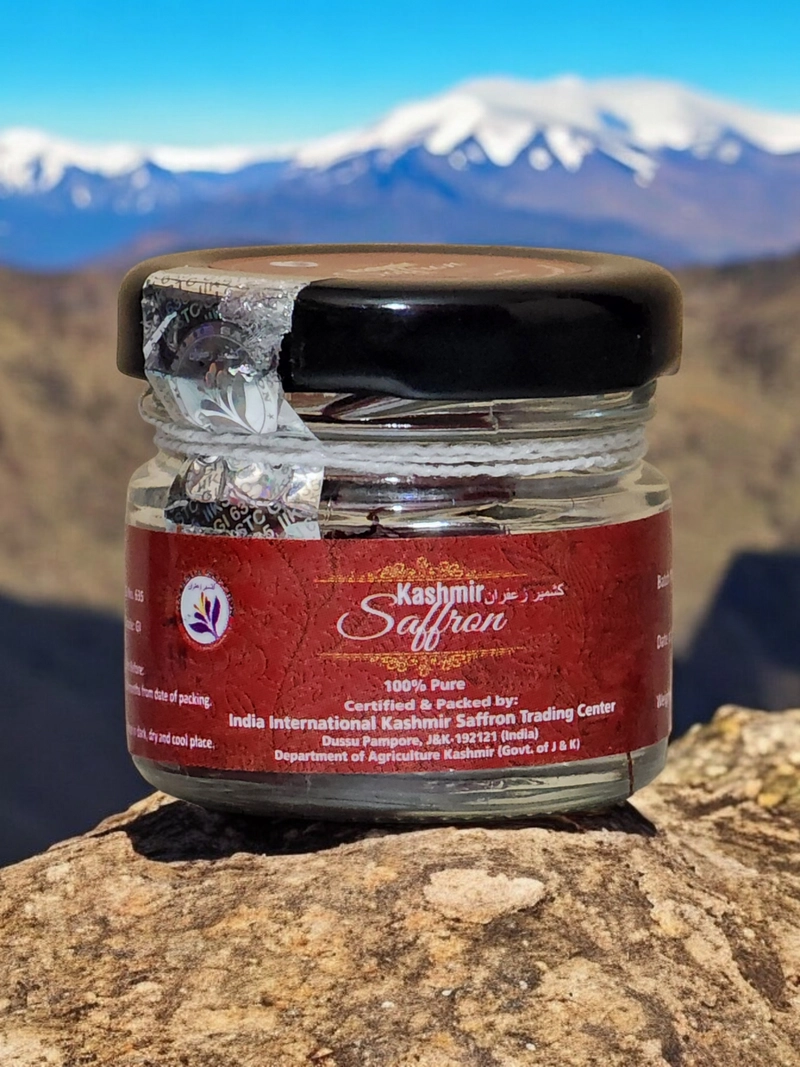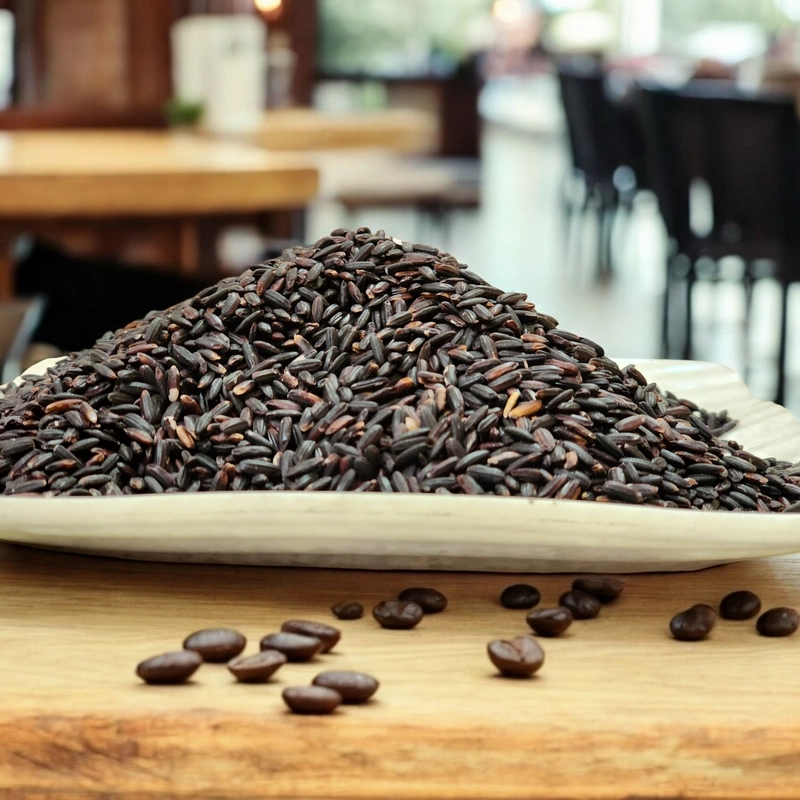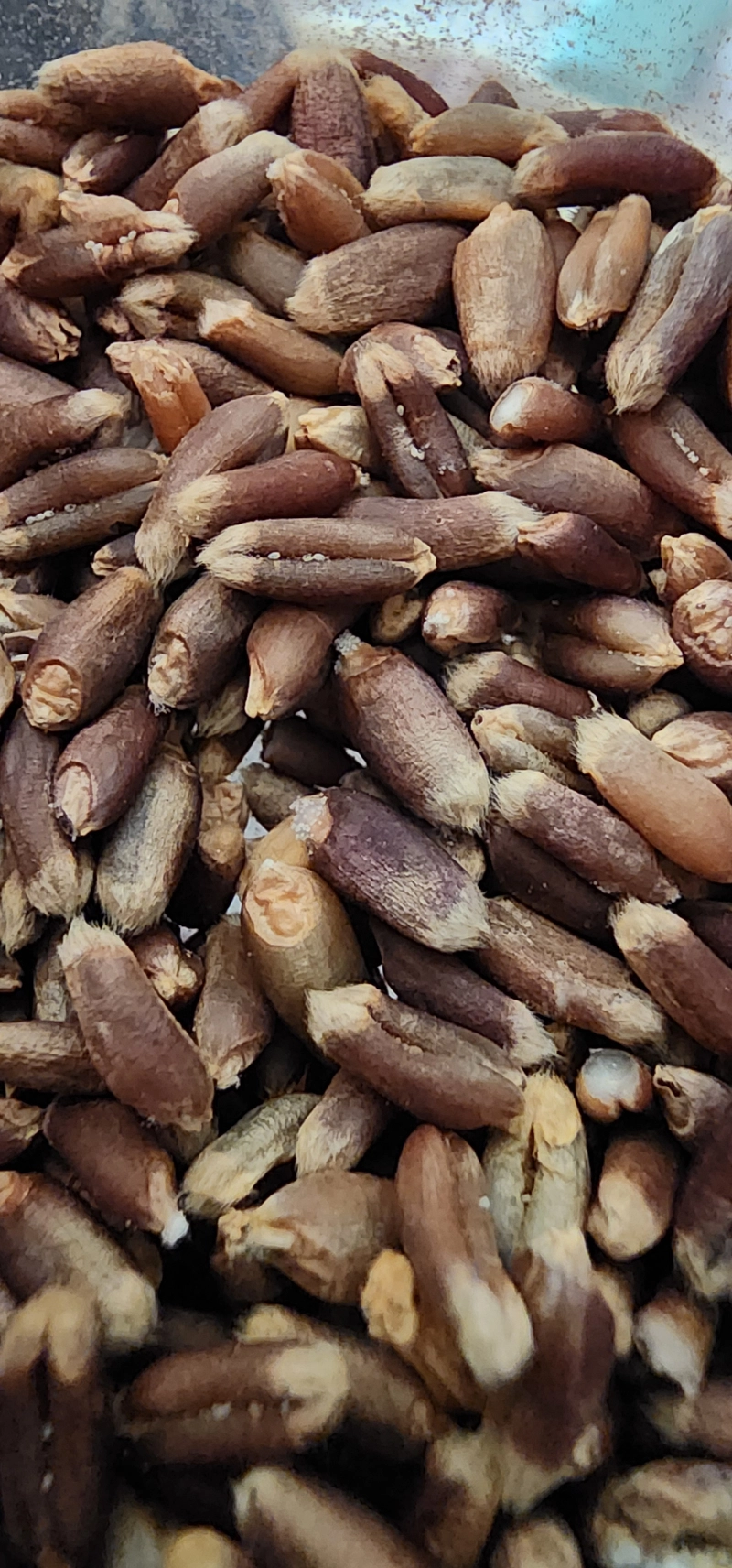Kashmiri Pashmina Shawls
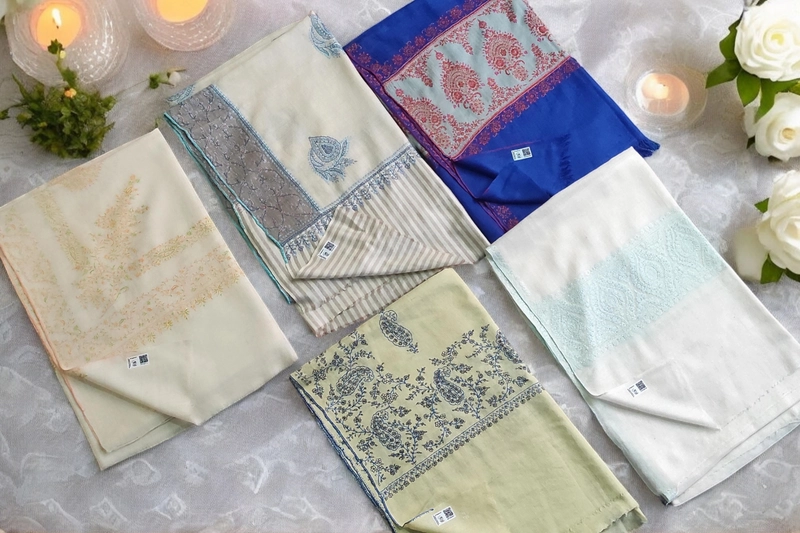
Product price
2000 - 50000 USD per Piece
Payment and shipping information
Kashmiri Pashmina Shawls
GAUTAMSONS
Product details
Pashmina is a luxurious and soft fabric made from the undercoat of the Changthangi goat, native to the high-altitude regions of Ladakh in the Himalayas. Known for its warmth, fineness, and light weight, Pashmina shawls are a traditional craft of Kashmir that have gained worldwide recognition. Origin of Pashmina Shawls. Pashmina has a long history, dating back several centuries. It is believed to have been introduced to India by Persian and Central Asian travelers, traders, and rulers. The word "Pashmina" comes from the Persian word "Pashm," which means "soft gold" or "soft wool." By the 15th century, Pashmina had become a highly sought-after fabric in the Mughal court, with Emperor Akbar playing a major role in popularizing the use of Pashmina shawls in India. Types of Pashmina Shawls. 1. Kani Pashmina Shawl, Handwoven using wooden sticks or kanis. The intricate patterns and bright colors make them a high-end luxury product. 2. Loom-Woven Pashmina Shawl, Woven on a traditional handloom, these shawls are less expensive than the Kani variety but still exhibit remarkable craftsmanship. 3. Embroidered Pashmina Shawl, Hand-embroidered with traditional Kashmiri motifs, such as paisleys and flowers, using threads made of silk or cotton. Quality of Pashmina Shawls. Pashmina is categorized by its fineness, measured in microns. The best Pashmina fibers are between 12-16 microns in diameter, making the shawls extremely soft and warm. Lower-quality variants may have fibers with diameters up to 19 microns. High-quality Pashmina is lightweight and can easily pass through a ring, signifying its fineness and delicacy. GI Tag for Pashmina Shawls. Kashmiri Pashmina shawls were awarded the Geographical Indication (GI) tag to protect this traditional craft from counterfeiting and to preserve its authenticity. The GI tag certifies that the shawl originates from Kashmir and is made using traditional techniques and genuine Pashmina wool. This also helps to protect the economic interests of local artisans and maintain the cultural heritage of Kashmir. How to Identify Original Pashmina Shawls vs. Fake. 1. Touch and Texture, Authentic Pashmina feels soft, warm, and light, while fake Pashmina (made from synthetic materials) may feel coarser and heavier. 2. Ring Test. A real Pashmina shawl is so fine that it can pass through a small ring effortlessly. 3. Burn Test, Genuine Pashmina wool smells like burning hair when a small thread is burnt, whereas synthetic fibers smell like burning plastic. 4. Price. Authentic Pashmina shawls are expensive due to the labor-intensive process and the rarity of the wool. If the price seems too low, it's likely a fake. 5. Certification, Look for the GI certification label or hologram issued by the government or authorized body, which guarantees the shawl’s authenticity.
Samples information
About the supplier
Visit supplier pageContact supplier
More products from the supplier
Similar product

luxury allure bra...
Step into the spotlight with our Luxury Allure Brazil...
AIMSA GRUPO TEXTI...

spanish elegance h...
Experience unparalleled sophistication with our Spani...
AIMSA GRUPO TEXTI...
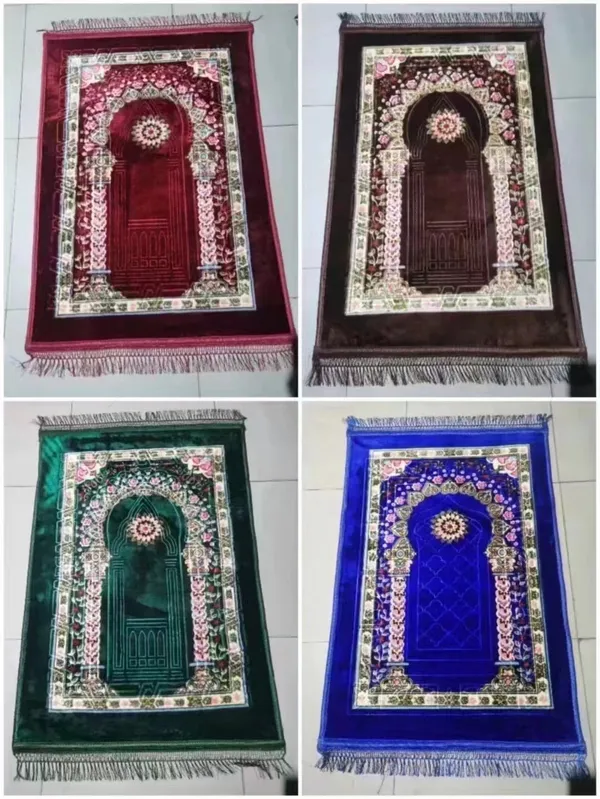
Pilgrimage carpet
size:70*110cm,80*120cm weight:1kg A 40ft container ...
Yiwu Slash Techno...
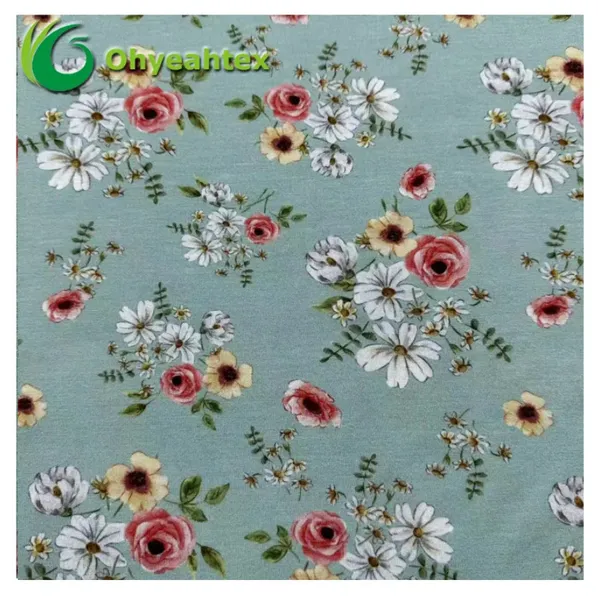
Sustainable and ec...
rafted with care, our women's wear boasts a touch of ...
Shaoxing City Ohy...
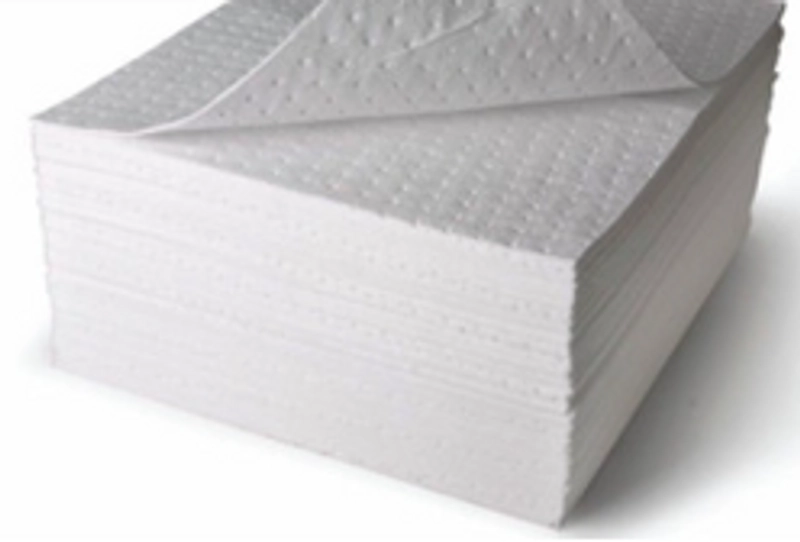
Dimpled Oil Absorb...
- Absorb petroleum and petroleum based liquids while ...
Jiaxing Haoda Eco...
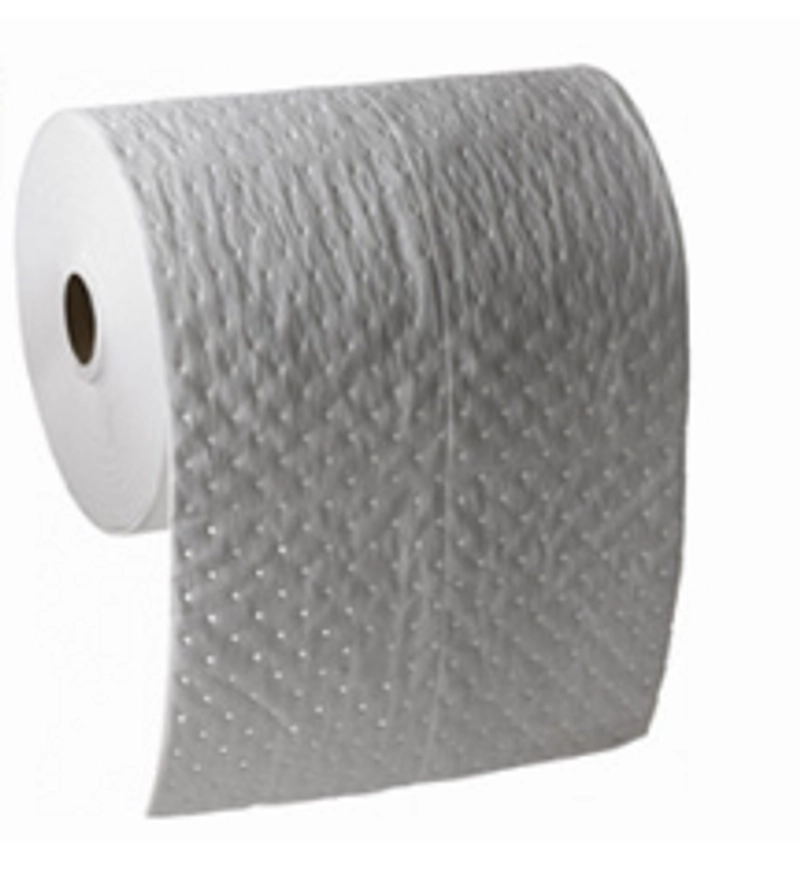
Dimpled Perforated...
With Oil and Fuel Absorbent Rolls from HAODA, you can...
Jiaxing Haoda Eco...

Oil and Fuel Absor...
Feature of Oil and Fuel Absorbent Boom: 1)Absorbs and...
Jiaxing Haoda Eco...
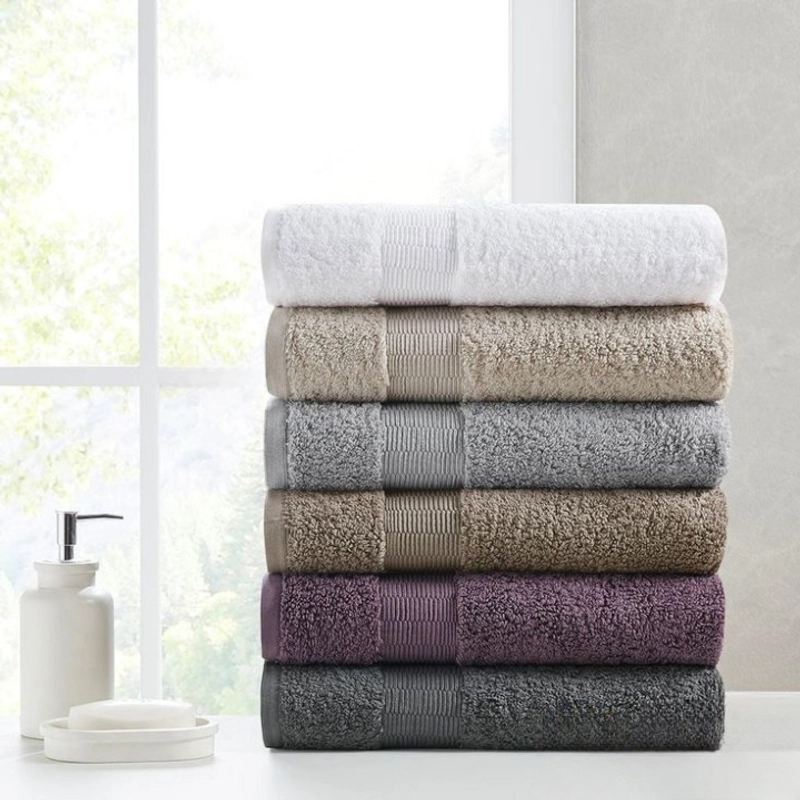
Luxury Cotton Towe...
Our cotton towels are designed to quickly absorb mois...
THE VELOCITY EXPO...
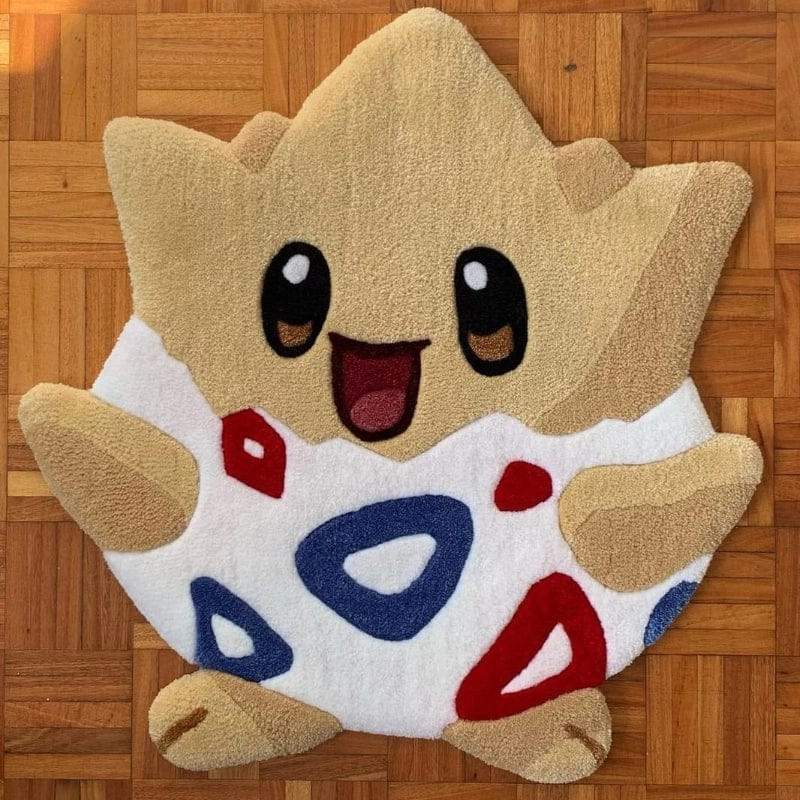
Hand Tufted Anime ...
Bring your favorite anime characters to life with thi...
M H CARPETS

PVC Mesh Reflectiv...
The PVC Mesh Reflective Feed Bag is a durable and pra...
Krishna Overseas
